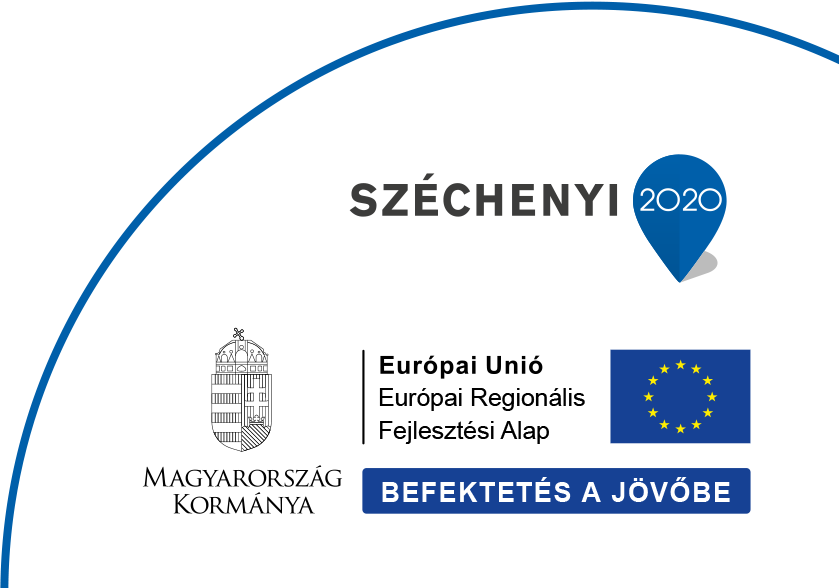Head of Department
Dr. Péter Petrik
Tel: +(36-1)-392 2502
E-mail: petrik.peter@ek-cer.hu
PHOTONICS (from the Photonics Dictionary)
The technology of generating and harnessing light and other forms of radiant energy whose quantum unit is the photon. The science includes light emission, transmission, deflection, amplification and detection by optical components and instruments, lasers and other light sources, fiber optics, electro-optical instrumentation, related hardware and electronics, and sophisticated systems. The range of applications of photonics extends from energy generation to detection to communications and information processing.
The objectives of the Photonics Department are the preparation as well as the non-destructive and real time characterization of thin films on large surfaces, in photonic and complex structures; development of optical and magnetic measurement methods for the improvement of sensitivity and for the broadening of the range of materials that can be investigated by these methods; preparation and spectroscopic characterization of self-organized surface nanostructures; in situ monitoring of solid-liquid interface processes for the understanding of the adsorption of complex biomolecules and for the optimization of thin film preparations for sensors.
Recent results:
A recently developed non-destructive method called Magnetic Adaptive Testing (MAT), which is based on systematic measurement of minor magnetic hysteresis loops, was compared to other non-destructive magnetic methods, and it was proven that the MAT method has a higher sensitivity and a better applicability for the characterization of inhomogeneity’s and sample damage at larger distances from the surface.
The MAT method was tested on special samples; based on finite element calculations it was shown that the non-destructive tool is capable of the quantitative determination of discrepancies in the shape and geometry of the samples. It was proven that the method is capable of the testing of weld quality.
Single-particle spectroscopy was developed and applied to control and understand the effect of the chemical and physical parameters of the colloid system on the interactions between the gold nanoparticles.
A capillary bridge method was developed for the high-sensitivity measurement of the wetting properties and the related parameters (e.g. cleanliness) of surfaces.
A polarization-based optical method was developed for the quantitative and high-sensitivity (on the nanometer scale) determination of film thickness, surface quality on large areas (up to a square meter), with high resolution (thousands of pixels) and high speed (seconds). This method is unique for the high-precision and quantitative mapping of surfaces on such a large scale.
Electronic sensors were created from genetically modified bacterial filaments to test the quality of water.
Thin films and surface properties of zirconium tubes and plates were investigated using spectroscopic ellipsometry for nuclear applications. Models were developed for the optical characterization of germanium nanoparticles embedded in zirconium oxide.
They determined the effect of the composition and the hydrogen content on the optical properties of silicon-germanium.
A device was developed for photoluminescence measurements.
Ellipsometry related information from the site operated by the department: www.ellipsometry.hu
Our publications:
https://m2.mtmt.hu/gui2/?type=institutes&mode=browse&sel=institutes21865
The colleagues of the department
Dr. Péter Petrik – Head of department
Romanenko Alekszej
András Deák
Eniko Farkas
Miklós Fried
Antal Gasparics
Tamás Gerecsei
Eleonóra Haty
Gyorgy Juhasz
György Benjamin Kalas
Nikolett Kanyo
Kristof Kliment
Boglárka Kovács
Kinga Dóra Kovács
Dávid Kovács
Sandor Kurunczi
Zoltan Labadi
Tivadar Lohner
Deshabrato Mukherjee
Norbert Nagy
Beatrix Peter
Ferenc Riesz
Andras Saftics
Miklós Serényi
Inna Szekacs
Szekrényes Dániel Péter
Szittner Zoltán
Vertesy Gabor
Zambo Daniel
